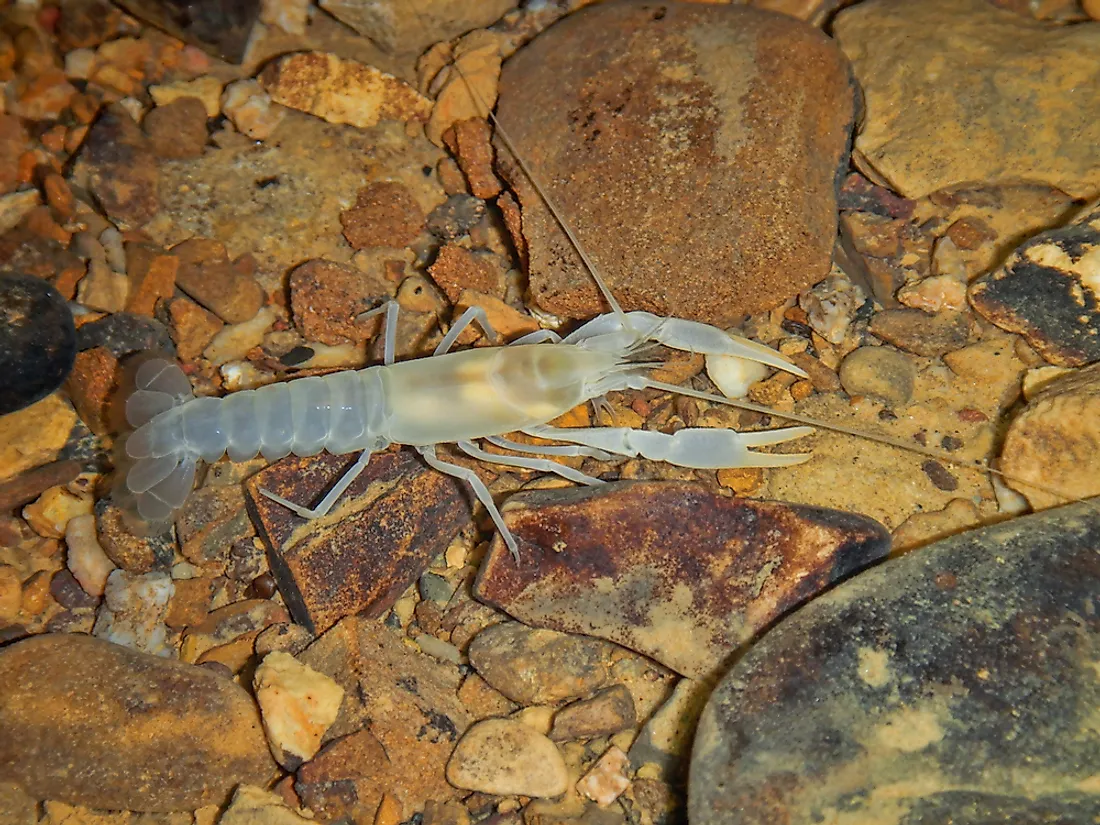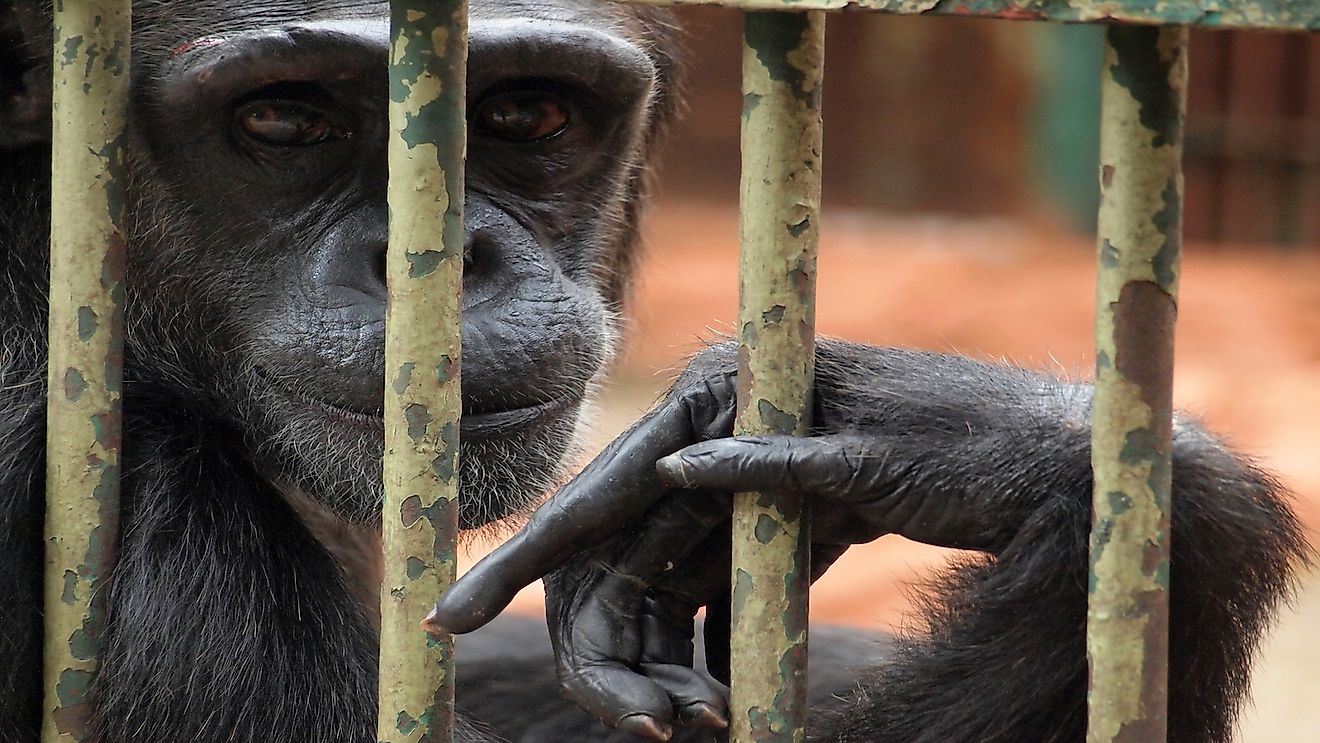What are Troglobites?

Troglobites are rarely thought of when we contemplate the diversity of life on this planet. Tucked away in cold caves, these animals have adapted to intense living conditions, causing them to completely lose some of their senses while others are intensified. Troglobites are also typically devoid of pigment and are completely blind or sometimes even don’t have eyes. Even though these little animals aren’t much to look at, they certainly are a large part of our ecosystem.
Pale Little Cave-Dwellers
“Troglobite” is a name given to creatures that have completely adjusted to life in dark caves. In fact, their adaptation is so high that life in the light of day outside of their caves is literally impossible to them.
Considering that they live in complete darkness, troglobites have no need for eyesight or sometimes even eyes themselves. In order to survive in such a demanding environment, they have acquired many useful adaptations. An extremely developed sense of touch, smell and hearing are all critical for these animals. A lot of troglobites also have antennas with which they can sense vibrations in the ground or air, and that way escape their predators.
The lack of exposure to light has also resulted in the loss of pigmentation of the skin, sometimes making it completely transparent. Without pigment, troglobites cannot survive on the surface where even a short exposure to the sun’s ultraviolet radiation would result in a quick death.
Early Discoveries
Humans have known about troglobites since at least the 17th century. The discovery was first made in today’s Slovenia when the caves flooded from heavy rainfall. The flood erupted from the caves to the surface, bringing with it an assortment of weird and pale creatures that were never seen before.
The animals that surfaced were small but had a body that resembled a serpent and a head in the shape of a flat wedge. This was very alarming to those who discovered them as they thought that the creatures were baby dragons that live underneath the ground. This is where elaborate mythology was born about underground dragons that in some parts of Slovenia lives even today.
Dietary Habits
Since troglobites are typically sedentary, they do not spend or require a lot of food to survive. When they do look for food, they scavenge for it.
Troglobites particularly like bacteria, animal carcasses that find their way into the caves, feces and even small waste matter from plant life. Those troglobites that happen to dwell in caves with bat populations will typically use their droppings as the main food source.
How Many Types of Troglobites Are There?
Scientists have discovered and named more than 7700 species of this fascinating creature. While that may sound like a large number, the fact is that many of the species are not discovered yet due to their inaccessible and largely unexplored habitat. It is estimated that the number of discovered species is just a tiny part of the total population living on this planet.
The reason why troglobites have such a high number of species is because of their isolated evolution. When a troglobite develops in one cave, it cannot live outside of it, which makes it impossible for species to reach other habitats. Not only can each cave have a separate species occupying it, but it is even possible that different parts of a single cave can host different species due to extremely different conditions.











